
Our Favorite Perennials for Utah Landscaping Design
No matter which landscaping design style you choose for your yard, landscaping with perennials can effectively bring color and life to your home year after year. Perennials are an obvious choice because caring for them is much easier than caring for annual plants that you must dig up and replant yearly. If you want to add some perennials to your landscaping, choosing the best perennials for Utah landscaping is important. We’re here to help you know what works best in Utah’s climate, and we will even share our favorite perennials to transform your landscaping.
Choosing The Right Perennials For Utah
When choosing which plants to use in your yard, it’s best to seek out native Utah perennials for landscaping. Native plants are better adapted to the soil, climate, and water cycle of Utah, thus making them the best perennials for landscaping your yard. Here are a few of our favorite perennials for Utah landscaping:
Lavender (lavandula)
If you’ve ever heard of or visited some of Utah’s commercial lavender farms, you know how well this perennial does in Utah. We love it because it is low maintenance, needs a lot of sunshine, and blooms from late spring to summer.
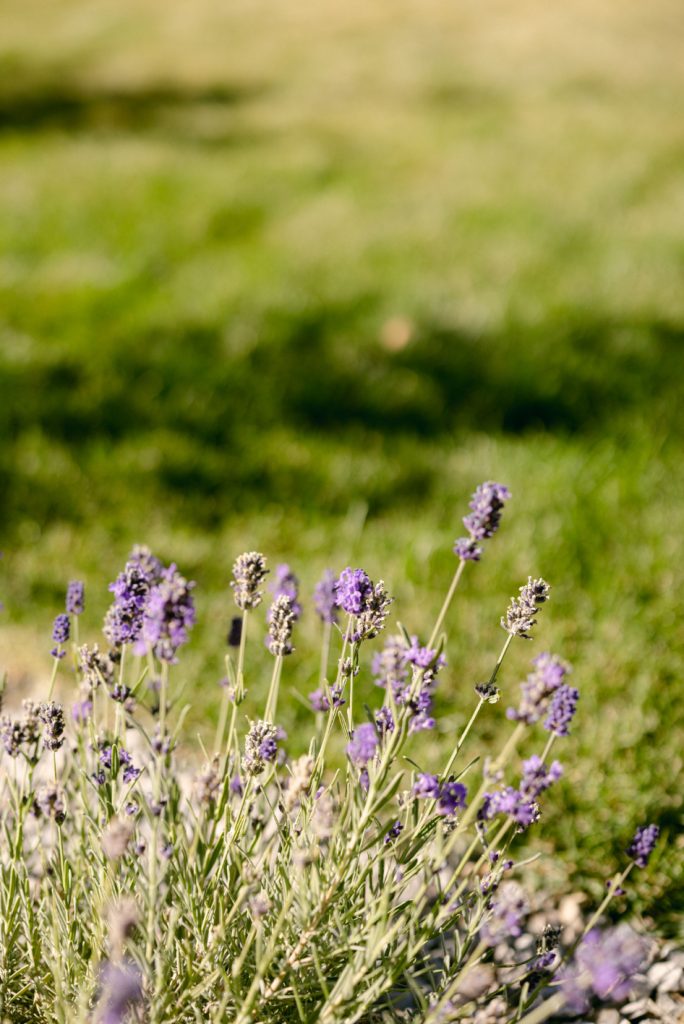
Coneflower (echinacea)
You can often spot coneflowers in mountain meadows or even on the side of Utah’s roads and highways. They bloom from early summer to fall and do well in drought conditions, which is why they are a great choice for landscaping with perennials in Utah.
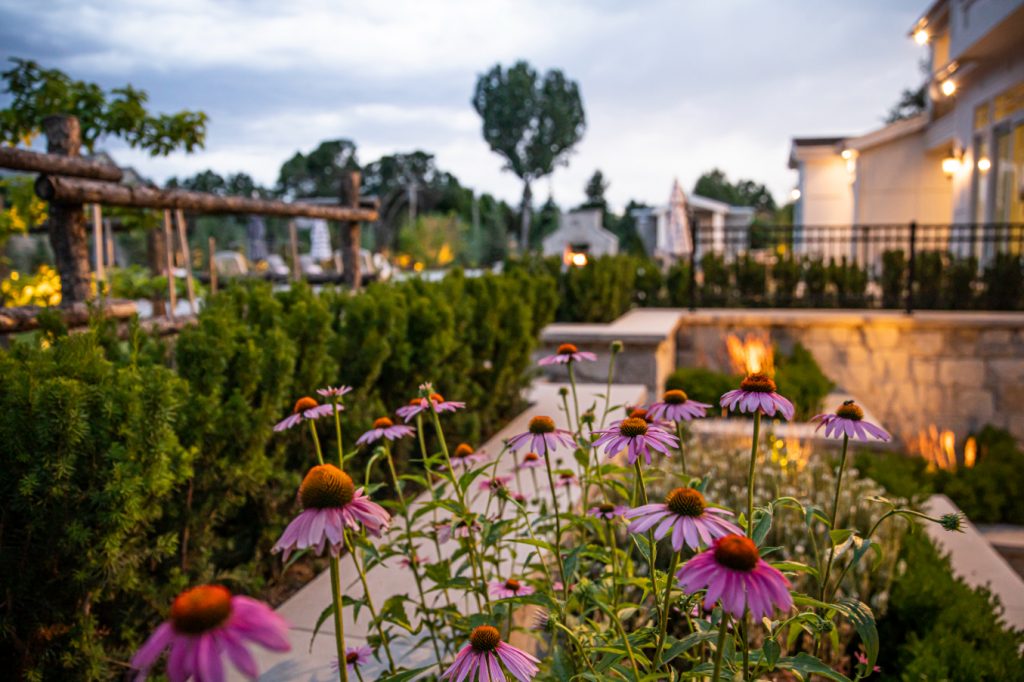
Peony (paeonia)
The longer you keep your peony bushes, the more beautiful your flowers will be. They need 6-8 hours of sunlight every day, so they love Utah. They can be used as drought-tolerant Utah perennials for landscaping design since they only require about an inch of deep watering weekly.

Ornamental Onion (allium)
We love landscaping with Ornamental Onions, aka Allium, because they are such a unique and eye-catching flower. Also, because they require very little water, they do well in Utah’s drier climate.
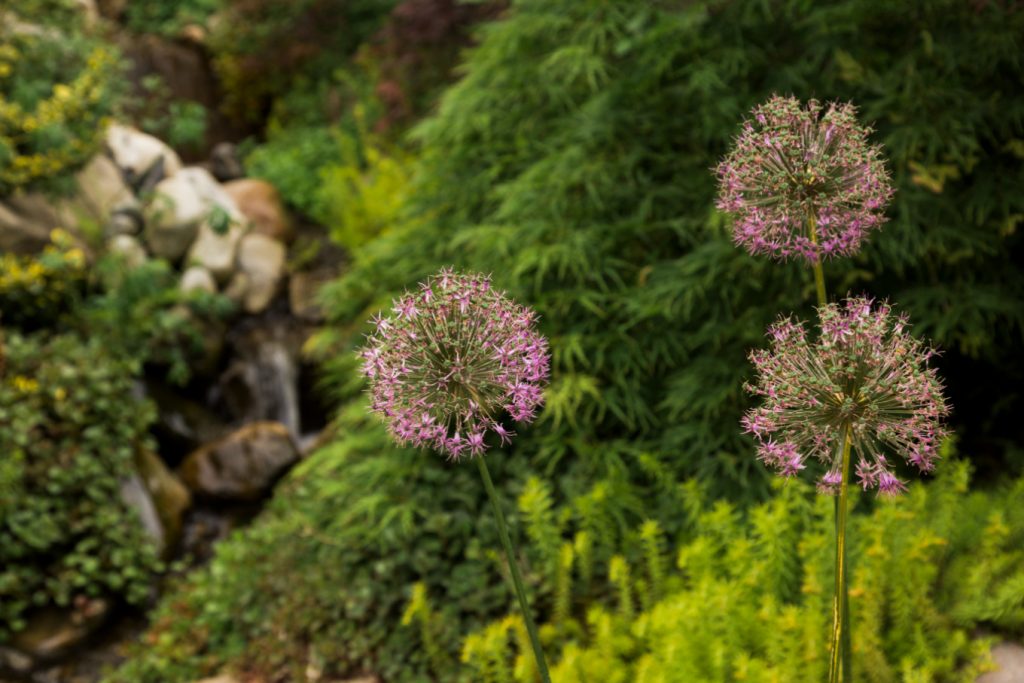
Anemone (windflower)
In some climates, these flowers are full sun plants, but in the desert of Utah, they require partial shade. However, these wildflowers are fairly hearty and require little supervision or care. As an added bonus, they tend to bloom late in the summer, giving your yard a pop of color just as the other colors fade away for the fall.
Columbine (aqualegia)
There are multiple varieties of columbine flowers, but no matter which type you plant, they are all eye-catching. They can be cultivated, but they also grow as wildflowers. Columbine blooms only last about four weeks, and they prefer partial shade and being well-watered. Even still, they are more rugged than they appear.

Salvia (sage)
We love salvia because it is beautiful, but we also love that it attracts butterflies and bees and is deer-resistant. Add to that its love for full sunlight and its drought tolerance, and it’s the perfect perennial for Utah landscaping.
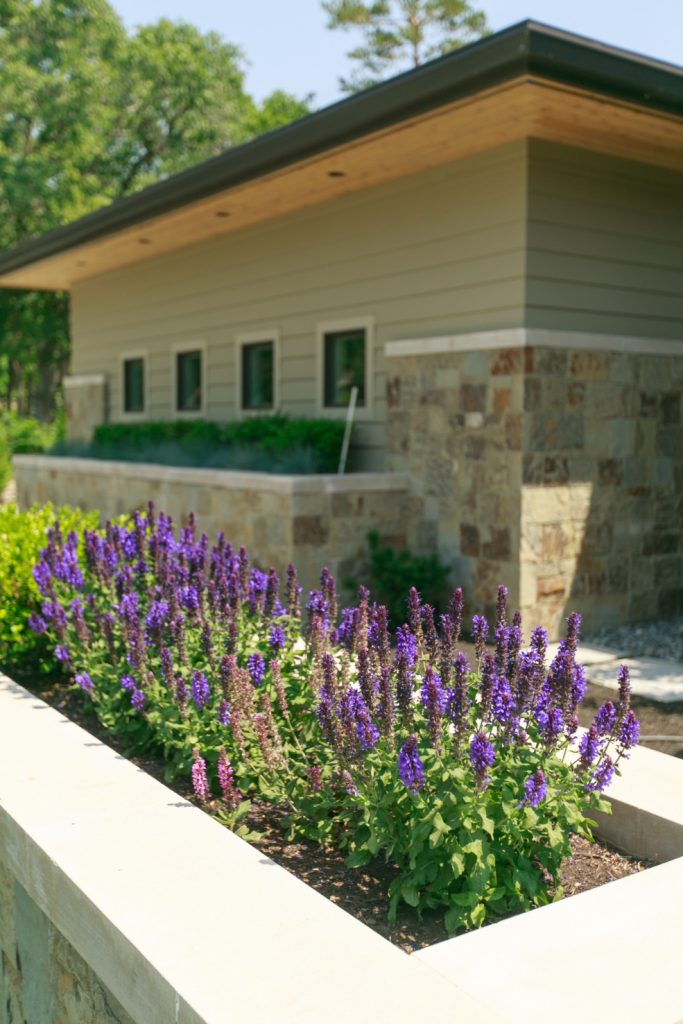
Stonecrop (sedum)
You may not recognize the name, but you’ve likely seen stonecrop flowers. They have a succulent-like quality, and like their succulent sisters, they don’t require much, if any, water, which is why you see them used a lot as drought-tolerant Utah perennials for landscaping.
Shasta Daisy (leucanthemum x superbum)
These daisies have a classic look and can grow up to two feet tall! They only require deep watering once every two weeks, which makes them fairly drought-tolerant and a beautiful choice for Utah landscaping.
Creative Ideas For Landscaping With Perennials
Landscaping with perennials, or any plants for that matter, requires forethought and planning. Whether you’re planting a single garden bed or designing your entire yard, you’ll appreciate these ideas and tips for landscaping with perennials:
Think About Placement
If your planting area can only be seen from one, two, or even three sides, you’ll want to place your tallest plants in the back and stair-step the height of the other plants, with the shortest ones in the front. If your area can be seen from all sides, then you need to work in a circular fashion, with the tallest plants going in the middle of the area.
Vary Bloom Cycles
If you want a yard that is in bloom all season long, you have to pay attention to bloom cycles. Most plants only bloom for 4-6 weeks at a time, so it’s important to select plants with different blooming times. Doing this makes it possible to have pops of color throughout the spring, summer, and even fall.
Mix Texture and Color
Not all perennial plants have blooms, and even then, there is a wide variety of height, color leaf size, and more. Include a variety of each of these elements for a visually interesting landscape.
Use Groundcover
Plenty of beautiful flowering plants, like creeping phlox, do well in Utah and will fill in any blank spaces with flowers and greenery for a more lush feel.
Create Focal Points
Do you have perfect peonies or ravishing roses you want to show off? If so, make them the stars of the show. Create one focal point or a variety of them throughout your yard to draw eyes from one place to another.
Pick Plants For Your Style
Not every plant goes with every design style. Select perennials and other plants that match the overall look of your yard. For example, a yard with xeriscaping will utilize fewer flowers and more grasses and green ground cover. A mountain design may incorporate more wildflowers and natural elements. A garden design will be tightly packed with greenery and plants that bloom throughout the season.
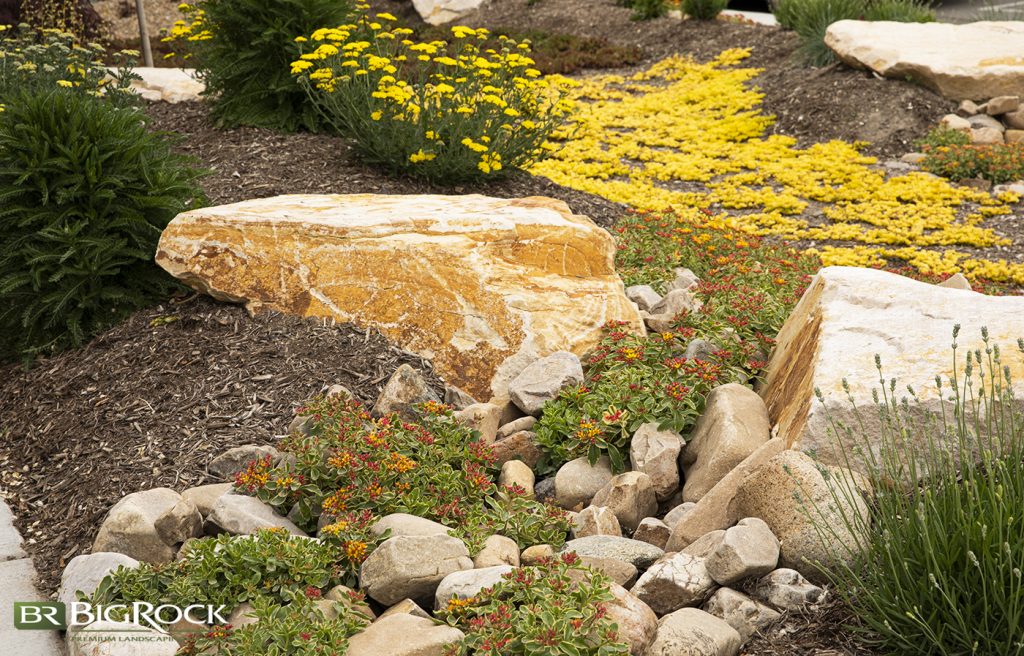
Ensuring The Health And Longevity Of Your Perennials
Just because perennials don’t need to be replanted every year doesn’t mean they don’t need any extra love. While caring for perennials is easier than caring for annuals, they still need some attention. So, how do you care for perennials in Utah landscaping? Here are a few tips to help you maintain native Utah perennials for landscaping:
Know Your Zone
Utah’s climate can vary from area to area. In the same way, we recommend different trees depending on which zone you live in. The best perennials for landscaping in Utah will also vary depending on where you live. Find your zone using tools like this one, and make sure the perennials you select will survive and thrive in your area.
Be Wary of the Sun
Many plants that say they are “full sun” aren’t ready for the full Utah sun and may require a partial sun environment to keep up with the harsh summer season. Make sure you’re clear on the regional requirements before you plant it.
Add Some Mulch
Caring for perennials is much easier when you throw some mulch around the plants. Mulch helps keep the soil cool and moist. It also helps cut down on watering needs.
Use Well-Draining Soil
Most of the perennials for Utah landscaping require soil that drains well. This means it releases water slowly and doesn’t allow it to pool or puddle. Well-draining soil is a mix of sand, clay, and organic matter such as shredded bark, peat moss, compost, or manure.
Understand Their Needs
Some flowering perennial plants need to be deadheaded once their blooms have gone. Others require no such thing. Understand the needs or your specific plants and make a maintenance plan for caring for perennials so they will return better than ever each year.
Elevate Your Utah Landscaping With Big Rock
At Big Rock Landscaping, we’ve used perennials for Utah landscaping design for decades. We understand how using native perennials can transform your landscaping and help it look beautiful every year. We’d love to help you incorporate perennials and get the yard of your dreams. If you want more than just landscaping tips, you can find out what Big Rock can do for you and then give us a call.


Leave a Reply
You must be logged in to post a comment.